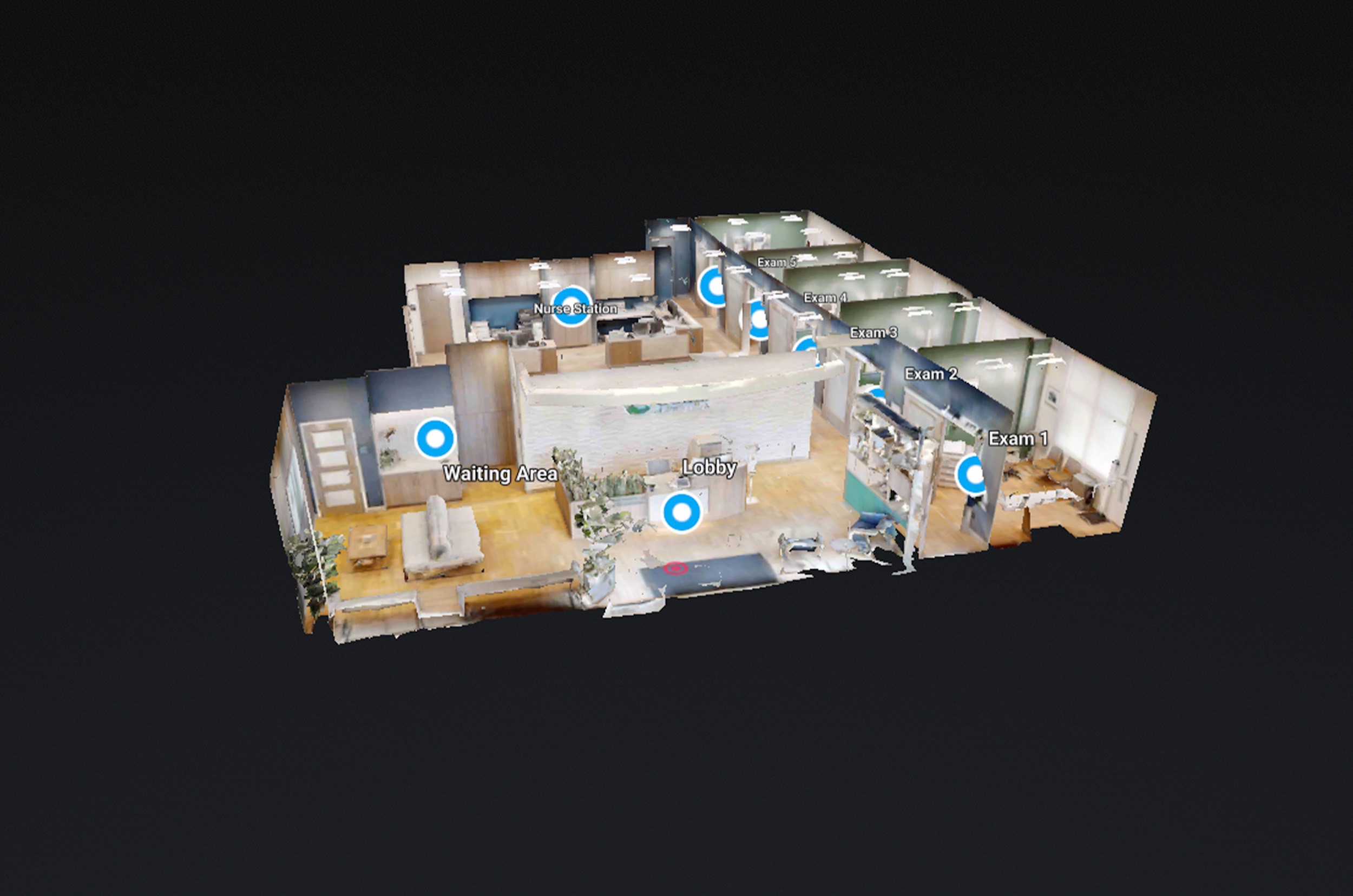Imagine allowing potential guests to wander your hotel corridors, peek into rooms, and explore amenities without setting foot on the property. With interactive 360 virtual tours, the hospitality sector is redefining experiential marketing, offering a tantalizing taste of what’s to come.
1. Hosting Virtual Events: In addition to static tours, hotels can host live virtual events. Showcase a chef preparing a signature dish at the hotel restaurant or a live yoga session at the wellness center. These events can be promoted across social media, drawing significant attention and engagement.
2. Enhancing SEO and Online Visibility: Virtual tours can significantly boost the time visitors spend on your website, a key factor influencing search engine rankings. Furthermore, virtual tours can be embedded across various platforms, expanding your digital footprint and enhancing organic search visibility.
3. Engaging Millennial and Gen-Z Travelers: These digital-savvy generations rely heavily on interactive content. Offering a modern, engaging browsing experience can position your hotel as a top choice for younger travelers.
4. Providing In-depth Room Comparisons: Instead of just photos and bullet points, allow potential guests to “walk” from one room type to another. This can simplify their decision-making process, leading to quicker bookings and potentially higher room categories.
5. Utilizing Analytics: Behind the scenes, the virtual tour platform can provide valuable insights. Analyze areas of the tour most visited, time spent, and user interaction points. This data can guide future marketing strategies and even influence hotel operations and services.
Conclusion: In the dynamic landscape of hotel marketing, interactive 360 virtual tours have emerged as a formidable tool, blurring the lines between virtual and reality. By tapping into this resource, hotels can captivate audiences like never before, ensuring they remain at the forefront of the hospitality industry’s evolution.







